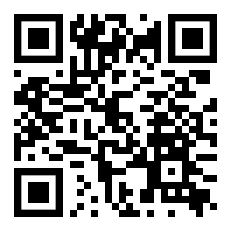Gann angles, a technique developed by the legendary trader W.D. Gann, remain one of the most intriguing and widely discussed tools in technical analysis. These angles provide a unique method of predicting price movements and identifying potential support and resistance levels. This article delves into the concept of Gann angles, their application in price charts, and how traders can utilize them to enhance their trading strategies.
Understanding Gann Angles
W.D. Gann was a market theorist who developed various trading techniques based on geometry, astronomy, and ancient mathematics. Gann angles are based on the idea that markets move in predictable patterns, which can be measured geometrically. Gann proposed that price and time are interrelated and that markets move cyclically.
Gann angles are diagonal lines drawn on a price chart representing different slopes corresponding to specific price and time relationships. The most commonly used Gann angles are 1×1, 2×1, 3×1, and so on. * The 1×1 angle, also known as the 45-degree angle, represents a situation where one unit of price equals one unit of time.
Key Gann Angles
- 1×1 Angle (45 degrees): This is the main Gann angle and signifies a perfect balance between time and price. The market is considered an uptrend when the price is above this angle. Conversely, it is considered a downtrend when the price is below the 1×1 angle.
- 2×1 Angle (26.25 degrees): This angle signifies that price moves up two units for every one unit of time. It indicates a stronger trend than the 1×1 angle.
- 1×2 Angle (63.75 degrees): This angle indicates a weaker trend, where the price moves one unit for every two units of time.
- Other angles like 3×1, 1×3, 4×1, and 1×4 follow similar logic, representing different rates of price movement over time.




